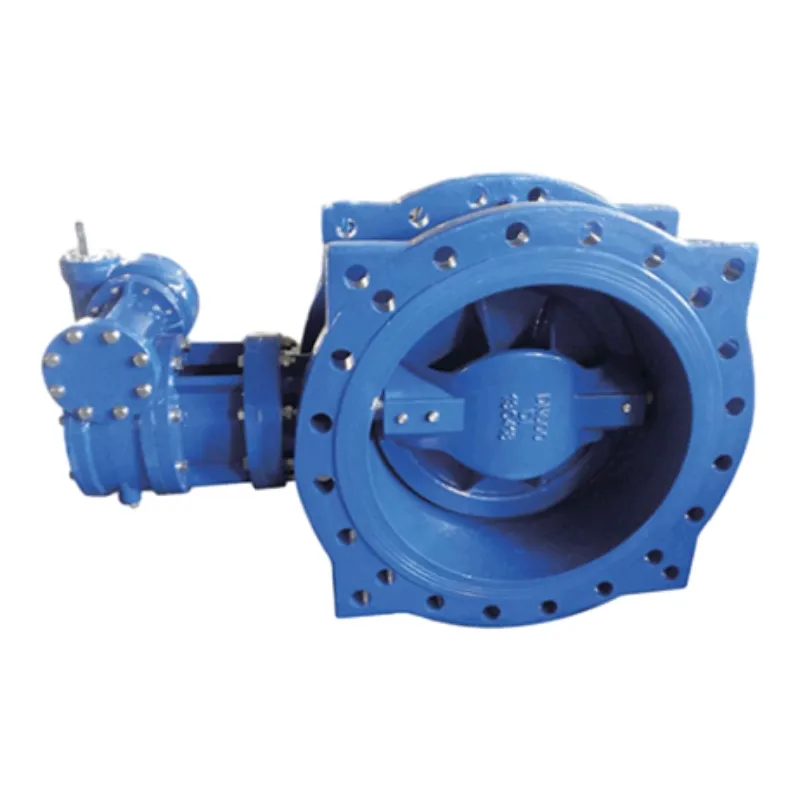Nov . 19, 2024 12:18 Back to list
ball check valve
Understanding Ball Check Valves Functionality and Applications
Ball check valves are essential components in various fluid systems, playing a crucial role in maintaining unidirectional flow and preventing backflow. These valves utilize a spherical ball that seals against a seat within the valve body to achieve this, providing various advantages that make them suitable for numerous applications.
How Ball Check Valves Work
The operation of a ball check valve is straightforward but effective. When fluid flows through the valve in the intended direction, the pressure pushes the ball away from the seat, allowing fluid to pass. However, if there is a reduction in flow or a reversal in direction, the ball is forced back against the seat, creating a seal that prevents backflow. This mechanism is particularly beneficial in applications where backflow could lead to contamination or damage to the system.
Key Advantages
1. Simple Design and Operation The design of ball check valves is relatively simple, consisting of a few primary components — the valve body, the ball, and the seat. This simplicity reduces the risk of failure and makes maintenance easier.
2. Durability and Reliability Made from various materials such as brass, stainless steel, or plastic, ball check valves offer excellent resistance to wear and corrosion. Their robust construction allows them to withstand harsh operating conditions, making them particularly reliable in critical applications.
3. Low Pressure Drop Because the ball sits snugly against the seat when closed, the pressure drop across the valve is minimal during operation. This characteristic enhances the overall efficiency of the fluid system, ensuring optimal flow rates are maintained.
ball check valve

4. Versatility Ball check valves are versatile and can be designed for both vertical and horizontal piping installations. They are commonly used in applications ranging from water and wastewater management to food processing and chemical manufacturing.
Applications of Ball Check Valves
1. Water and Wastewater Systems In municipal water supply systems, ball check valves prevent backflow into the main supply lines, ensuring that clean water remains uncontaminated. They are also critical in wastewater treatment plants to maintain the integrity of the system.
2. Industrial Processes Many industrial processes utilize ball check valves to protect pumps and compressors from reverse flow, which can cause significant damage and lead to costly repairs. Their reliability makes them a preferred choice in various manufacturing settings.
3. Pneumatic and Hydraulic Systems In hydraulic applications, ball check valves help maintain system pressure and prevent fluid from flowing back into the reservoir. This function is vital for the efficiency of hydraulic machinery and equipment.
4. Marine Applications In marine environments, these valves are often used to prevent water from flowing back into a vessel via the bilge. Their robust design can withstand the corrosive nature of seawater, making them ideal for use in boats and ships.
Conclusion
In summary, ball check valves are integral to ensuring the smooth operation of fluid systems across multiple industries. Their simple yet effective design facilitates reliable unidirectional flow, while their durability ensures a long lifespan in various applications. As industries continue to evolve, the role of ball check valves remains indispensable, contributing to safer and more efficient fluid management solutions. Whether in residential plumbing, industrial applications, or extensive water treatment facilities, understanding the functionality and benefits of ball check valves is crucial for engineers, technicians, and maintenance professionals alike.
Share
-
Reliable Wafer Type Butterfly Valves for Every IndustryNewsJul.25,2025
-
Reliable Flow Control Begins with the Right Ball Check ValveNewsJul.25,2025
-
Precision Flow Control Starts with Quality ValvesNewsJul.25,2025
-
Industrial Flow Control ReliabilityNewsJul.25,2025
-
Engineered for Efficiency Gate Valves That Power Industrial PerformanceNewsJul.25,2025
-
Empowering Infrastructure Through Quality ManufacturingNewsJul.25,2025